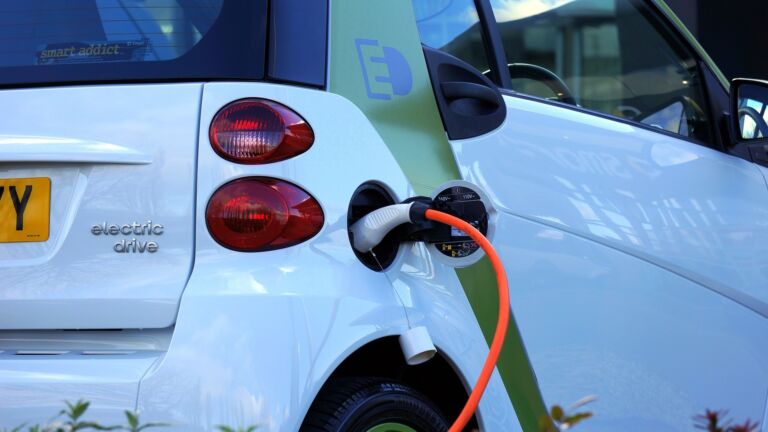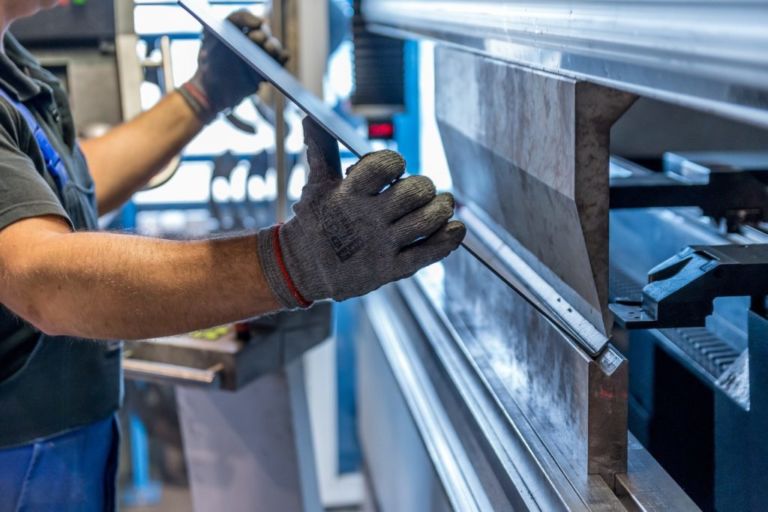Dominic Pino writes for National Review Online about the uphill battle to fend off sports stadium subsidies.
The University of Maryland, Baltimore County hosted a conference of sports economists, and they went to the Orioles’ game at Camden Yards on March 30. Reporter Giacomo Bologna went with them and wrote about it for the Baltimore Banner.
“There’s a reason they were sitting in the nosebleed seats of Camden Yards and paying $15 a beer Saturday night instead of sipping complimentary cocktails in the owner’s box,” he wrote. “They are America’s preeminent pooh-poohers of taxpayer subsidies for sports stadiums.”
Thank goodness. Stadium subsidies are a bad deal for taxpayers, and they don’t create economic growth as usually promised. John Mozena wrote a piece about this for NR Capital Matters last year. Sports teams usually make lots of money and are owned by wealthy people who have the resources to build their own stadiums without government help.
As Mozena explained on my podcast, Econception, … stadiums don’t add to families’ entertainment budgets. They just create a new place for them to spend the same amount of money. They shuffle economic activity; they don’t create more of it.
Proposals in Maryland are a perfect illustration of why it’s bad policy to subsidize sports teams. Bologna writes:
In Maryland, the $1.2 billion in public debt to fund upgrades to Camden Yards and M&T Bank Stadium in Baltimore is equivalent to every household in Maryland contributing more than $1,000 — regardless of whether they ever watch a game.
The state will spend years paying back that debt, plus interest, likely doubling the total cost of borrowing to at least $2.4 billion.
The funding mechanism makes the proposal even worse:
The stadium improvements in Baltimore are being funded by the state lottery. A portion of every scratch-off and Powerball ticket sold in Maryland will go toward paying back the debt. These games are disproportionately played by low-income people, [sports economist J.C.] Bradbury said, and low-income people benefit the least from stadium improvements.


